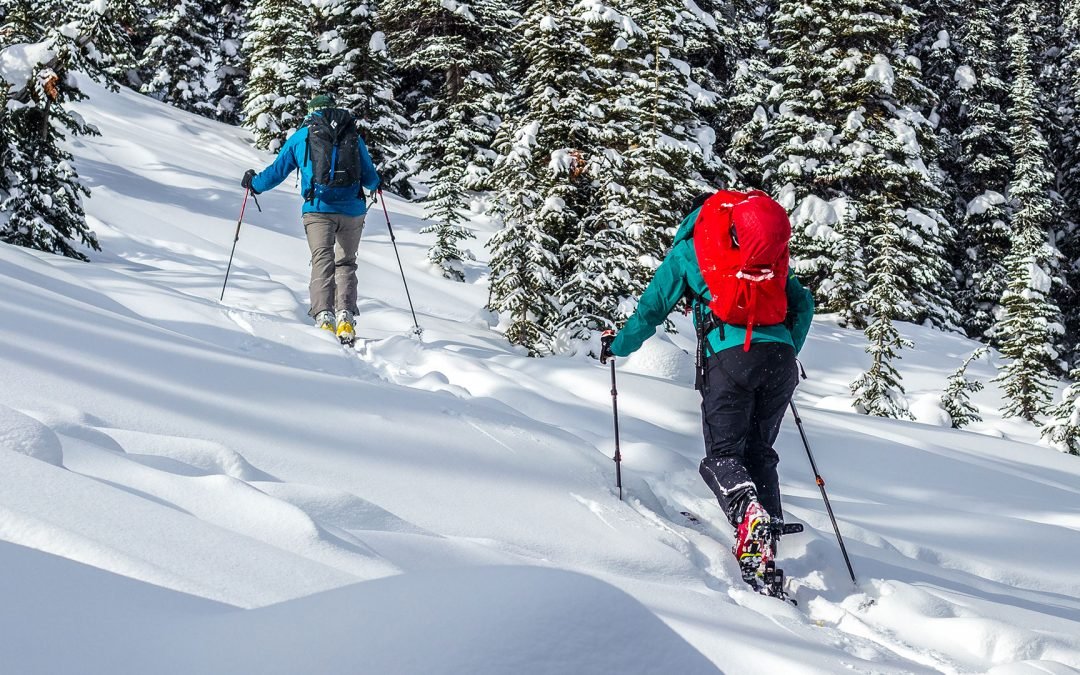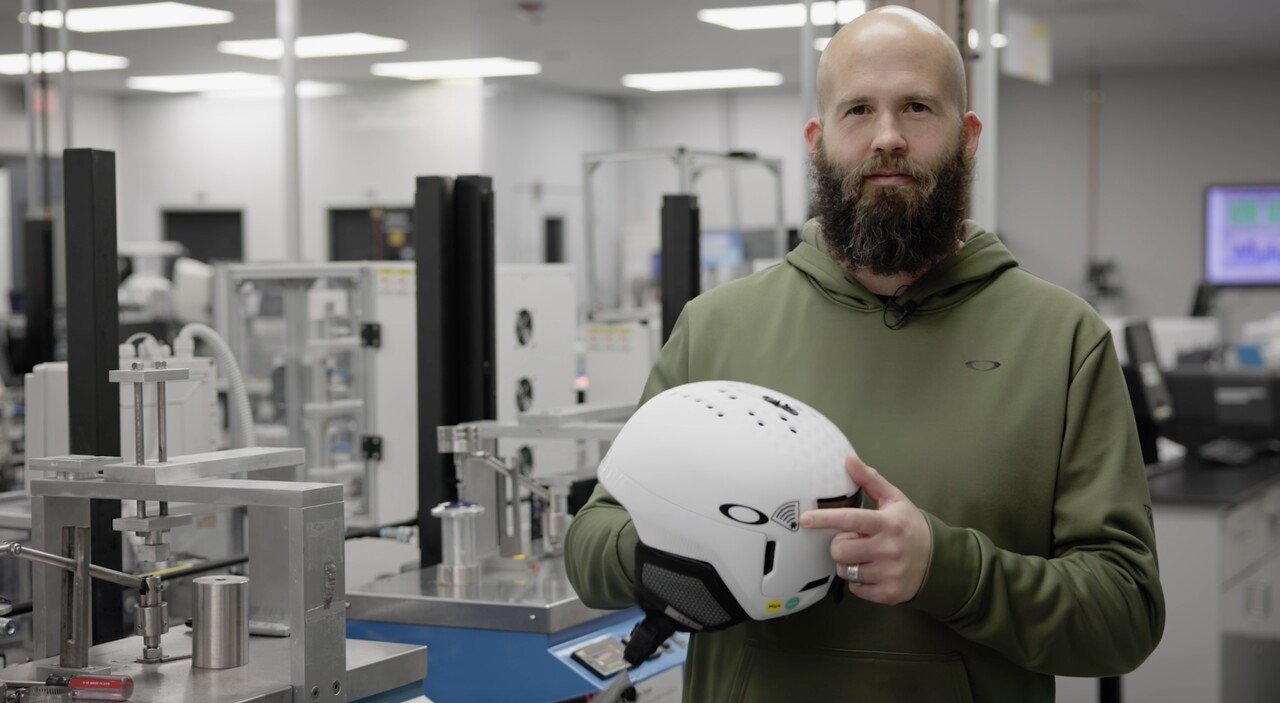OVERVIEW
OAKLEY VISION PERFORMANCE LAB
MODBC is Oakley’s first backcountry-focused helmet.
Designed for those who forge their own path, it was specifically engineered to equip riders for the toughest adventure on the mountain and caters to backcountry riders in terms of weight, technology, ventilation, and triple certifications (skiing, mountaineering, climbing).
I was a Senior UX Researcher working for Oakley when this project was first born. This was my first solo UXR project for the company and I ran the research from end-to-end. This project was generative research including qualitative interviews with backcountry skiers and mountaineers all over the world. We spoke to competitive racers, olympians, apparel designers, athletes, and even the first ever 2 people to backcountry ski down a section of Mt. Everest. This research drove the production of the MODBC helmet and led to a 2023 ISPO Award (Innovation in Sports Products & Services Outdoors).
MY ROLE
I was a Senior UX Researcher working for Oakley when this project was first born, and I led the research from end-to-end. This was generative research; we conducted qualitative interviews with backcountry skiers and mountaineers all over the world.
Role: Sr. UX Researcher
Team: Oakley, Vision Performance Lab
Timeframe: 2021-2022
USERS
Who were the participants?
Competitive mountaineers
Competitive ski racers
Backcountry enthusiasts
Ice climbers
Amateur athletes
Apparel designers
Extreme athletes
All mountain skiers, snowboarders, split boarders
The first 2 people to ever ski a section of Mt. Everest
Olympic skiers & snowboarders
WHAT PROBLEMS WERE WE SOLVING?
No existing product: Although Oakley is a well established snow brand with products for skiers and snowboarders, the company did not have an existing helmet for backcountry-specific athletes. The people within this niche sport community have very specific requirements for safety that resort skiers & snowboarders do not require.
Backcountry athletes need specific features: Backcountry is different than a ski resort. Users are in the backcountry with no chairlifts, ambulances, communication, etc. They are exposed to all of the elements and must use their own body and whatever they can carry to have a safe experience. They require warmth, helmet protection against ice & rock, a helmet that is certified for both skiing and climbing, compatibility w/ goggles & sunglasses, a need for good hearing in case of avalanche, packability with backpacks, etc.
What features are the most important: The Oakley team wanted to understand (through user research) which feature should be prioritized over others. It is impossible to create one product with so many different features for backcountry while also keeping it light in weight, which was the most important need from backcountry users who have to carry all of their own equipment.
What are the culture & people like: Oakley wanted to know who the users are holistically. What motivates them? What is important to them? What are their thoughts and feelings about their sport, brands that exist in the industry, etc.?
METHODS
-
This method was strategically chosen for this type of researh generative foundational research. Because Oakley was not familiar with the users in this community and their needs, we conducted one on one sessions with each participant to ensure we were able to ask deep questions and follow up with users about their thoughts and feelings.
-
In addition to qualitative interviews, we also chose to conduct a Kano analysis. This method provides insight into how users prioritize product features, something that was necessary when making helmet feature decisions.
INSIGHTS
The insights that came out of this research included:
Personas: The creation of 3 personas for the backcountry user.
Related Industries: Analysis of related sport areas across seasons.
Equipment By Niche: Gear and community analysis of subgroups within backcountry.
Motivations: Visual mapping of user motivations.
User Journey: A detailed visual user journey with timestamps and impactful destinations.
Themes: Themes derived from findings about users, culture, brand, marketing, occasions, and bucket list items.
RECOMMENDATIONS
IMPACT
This research led to design thinking workshops, prototyping, and field testing of prototypes.
There was strong collaboration between UXR, design, and engineering.
Follow-up UXR studies were completed to understand the usability of the product and select features.
Expert athletes were involved in the design and testing process.
Ultimately this led to the creation of the MODBC helmet.







